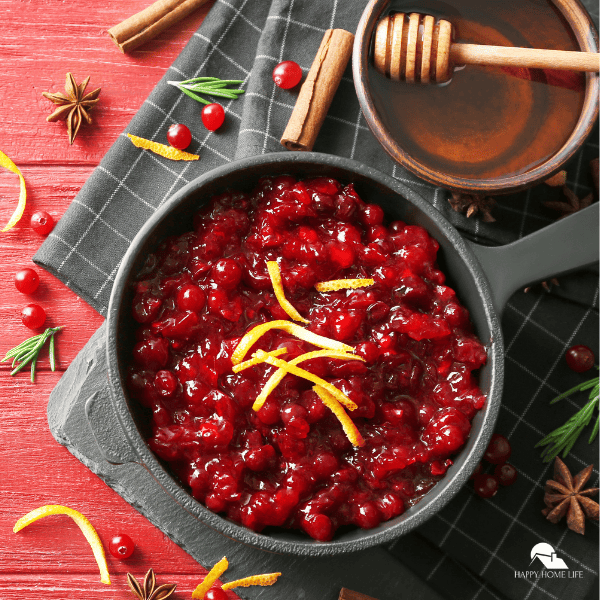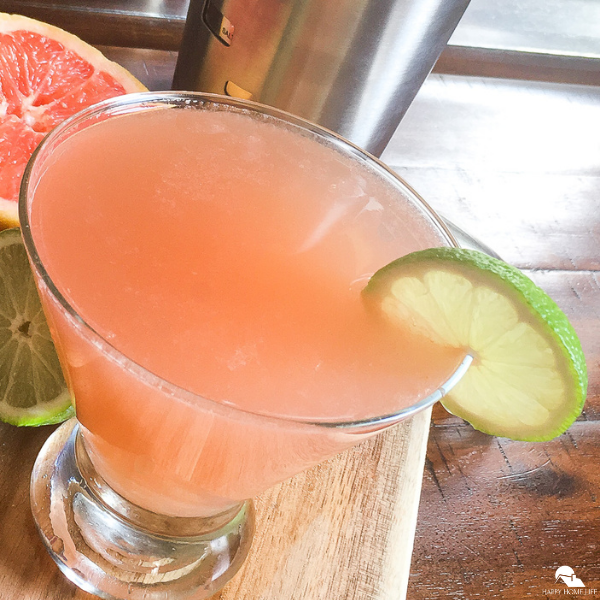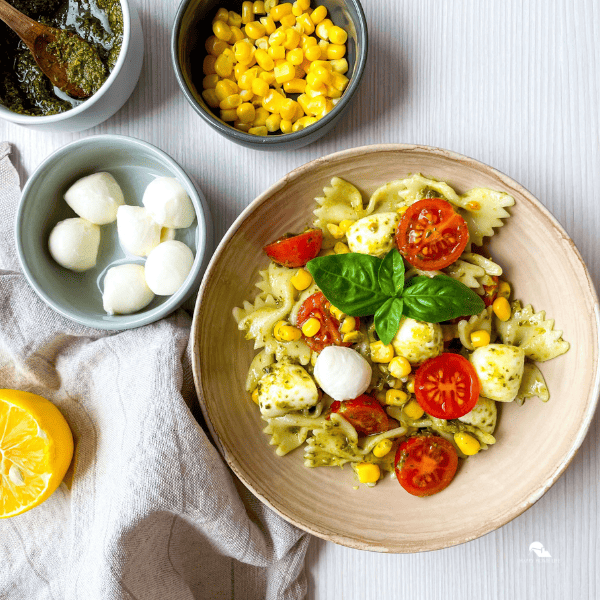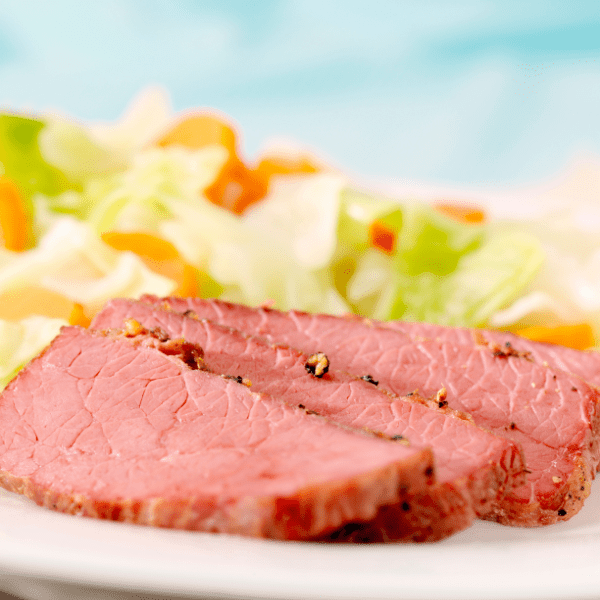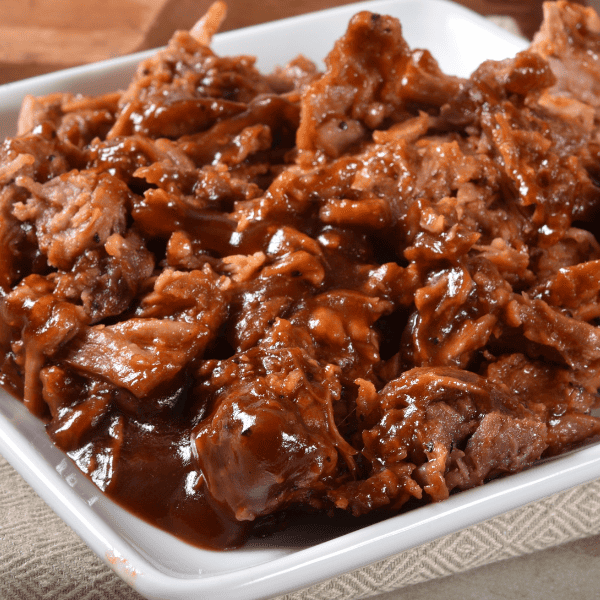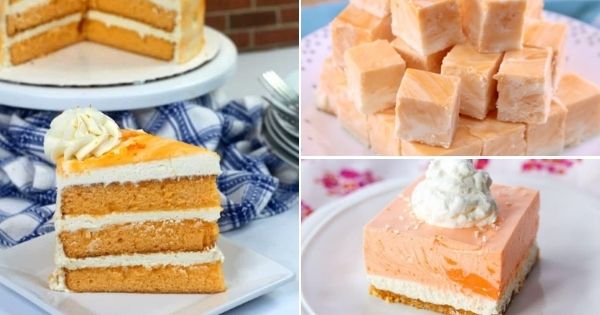Welcome, fellow food lovers! If you’ve been on a quest to discover the secret to moist cornbread, your journey ends here. Ah, cornbread – that golden, crumbly delight that pairs perfectly with everything from barbecue to chili and even stands up on its own as a satisfying snack.
But while it’s easy to love cornbread, baking a moist and tender batch rather than dry and crumbly can be challenging.
Today, we will unlock the secret to moist cornbread that will make your taste buds sing and leave you reaching for a second (or third!) piece. Let’s dive in!
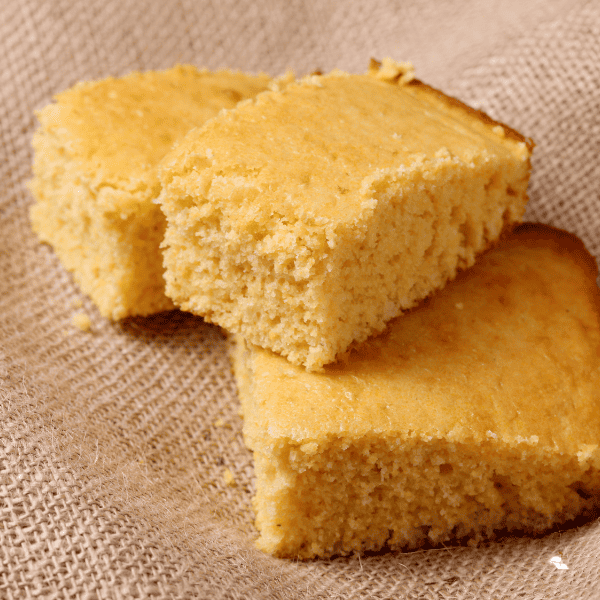
Let’s start with answering some of your most popular questions:
How do I make sure my cornbread is moist?
To ensure your cornbread turns out moist and delicious, there are a few key steps you can take.
- First, start with a good recipe that includes ingredients like buttermilk or sour cream, which add moisture to the batter.
- Next, avoid overmixing the batter, as this can lead to a tough and dry texture. Mix just until the ingredients are combined. Another tip is to use melted butter or oil in your recipe, as this helps keep the cornbread moist.
- Lastly, be mindful of the baking time and temperature. Overbaking can result in dry cornbread, so keep a close eye on it and take it out of the oven as soon as a toothpick inserted into the center comes out clean.
Why is my cornbread too dry?
There could be several reasons why your cornbread turned out dry. Firstly, it could be due to the ratio of liquid to dry ingredients. Adding too much flour or cornmeal may have absorbed all the moisture, resulting in a dry texture. Secondly, overmixing the batter can develop gluten, making the cornbread tough and dry.
Why is moist cornbread important?
Moist cornbread is essential because it ensures a delightful eating experience. Dry cornbread can be unappetizing and difficult to swallow. Moist cornbread, on the other hand, is tender, flavorful, and enjoyable to eat. It adds a comforting element to any meal and can be the star of the show or a delicious accompaniment.
The secret to achieving moist cornbread lies in a few key factors:
- Proper ingredient ratios: Using the right amount of wet and dry ingredients is crucial. Too much flour or not enough liquid can result in dry cornbread.
- Adding moisture-rich ingredients: Incorporating ingredients like buttermilk, sour cream, or yogurt can help keep the cornbread moist.
- Baking time and temperature: Overcooking cornbread can lead to dryness. Following the recommended baking time and temperature for your recipe is an important secret ingredient.
- Resting time: Allowing the cornbread to rest for a few minutes after baking helps retain moisture and allows the flavors to meld together.
By paying attention to these factors and following a trusted recipe, you can achieve that coveted moistness in your cornbread every time.
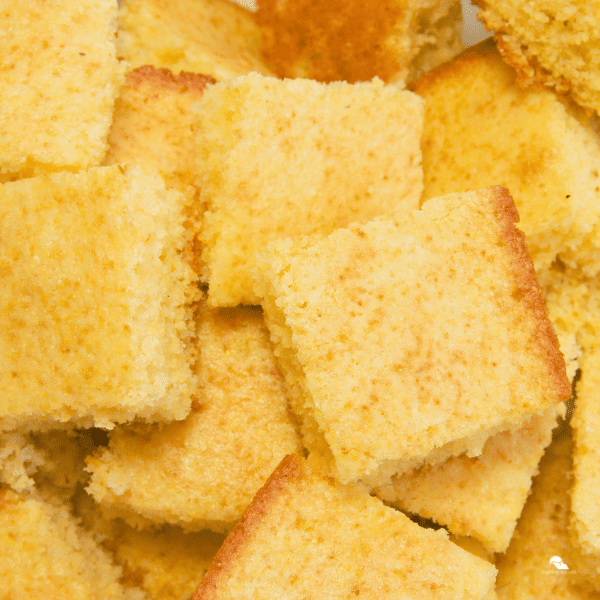
Use Buttermilk or Sour Cream
If you want to elevate your cornbread recipe and achieve a moist texture, consider adding either buttermilk or sour cream as a secret ingredient.
- Moisture: Buttermilk and sour cream add moisture to the cornbread batter, resulting in a soft and tender texture. This helps prevent the cornbread from becoming dry and crumbly.
- Tanginess: Both buttermilk and sour cream have a slightly tangy flavor that enhances the overall taste of the cornbread. It adds a subtle complexity to the sweetness of the cornmeal.
How to incorporate buttermilk or sour cream for moist cornbread
- Substitute: Replace the milk or water in your cornbread recipe with an equal amount of buttermilk or sour cream. This will ensure that the batter has enough moisture for a moist outcome.
- Adjust consistency: Depending on the thickness of your batter, you may need to slightly adjust the amount of buttermilk or sour cream. Add more if the batter seems too dry, or reduce if it appears too runny.
- Mix well: Incorporate the buttermilk or sour cream into the other ingredients thoroughly, ensuring an even distribution throughout the batter.
Using buttermilk or sour cream in your cornbread recipe, you can achieve a moist and flavorful result that will have everyone coming back for seconds.
Add Extra Fat
Adding fat to cornbread helps retain moisture and prevent it from becoming dry and crumbly. Fat acts as a lubricant, coating the flour particles and creating a tender texture. It also adds richness and flavor to the cornbread, making it more enjoyable to eat.
Types of fats to use and their impact on moisture
You can use several types of fats in your cornbread recipe, each with its impact on moisture. Butter, for example, adds a rich flavor but can make the cornbread slightly denser. Vegetable oil, on the other hand, creates a lighter and moister texture. Other options include lard or bacon fat, which can add a savory taste to your cornbread.
Experimenting with different fats can help you find the perfect balance of moisture and flavor for your cornbread. Remember to adjust the amount of fat accordingly, as too much can make the cornbread greasy. Adding an extra tablespoon or two of fat to your recipe can make a noticeable difference in achieving moist and delicious cornbread.
Use Corn Kernels or Creamed Corn
When it comes to making moist cornbread, a secret ingredient can take your recipe to the next level – corn kernels or creamed corn. These ingredients not only add flavor but also contribute to the moistness of the cornbread.
Corn kernels and creamed corn contain natural moisture released during baking, keeping the cornbread moist and preventing it from drying. The moisture from these ingredients also helps to create a soft and tender texture.
Methods of incorporating corn kernels or creamed corn into the batter
There are a few ways you can incorporate corn kernels or creamed corn into your cornbread batter:
- Mixing in whole corn kernels: Add drained canned corn kernels or fresh cooked corn kernels to the batter. The kernels will provide bursts of sweetness and texture throughout the cornbread.
- Using creamed corn: Replace some of the liquid in your recipe with creamed corn. This will add extra moisture and flavor to the batter.
- Pureeing the corn: For a smoother texture, blend some or all of the corn kernels or creamed corn until smooth before adding them to the batter.
By incorporating corn kernels or creamed corn into your recipe, you can unlock the secret to moist and delicious cornbread that will leave everyone wanting more.
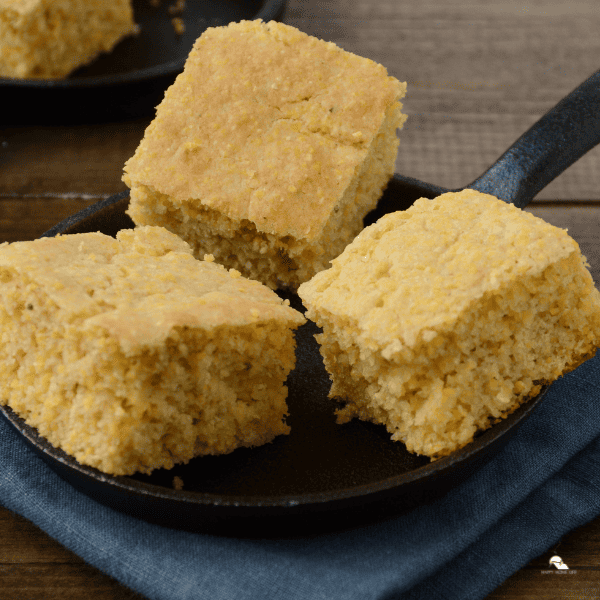
Don’t Overmix the Batter
Overmixing the batter for cornbread can result in a dry and tough texture. When you mix the batter too much, the gluten in the flour develops, causing the cornbread to become dense and less tender. This is because gluten gives structure to baked goods, but too much of it can make them dry and chewy.
Tips for properly mixing the batter for moist results
To avoid overmixing and achieve moist cornbread, follow these tips:
- Combine ingredients just until moistened: Mix the dry ingredients together in one bowl and the wet ingredients in another. Then, gently fold the wet ingredients into the dry ones until combined. It’s okay if a few lumps are remaining.
- Avoid using an electric mixer: Mixing by hand with a wooden spoon or spatula is recommended to prevent overmixing. This allows you to have better control over the mixing process.
- Use a light hand: Be gentle when folding the wet and dry ingredients together. Overmixing can lead to tough cornbread, so stir until everything is just incorporated.
By following these tips, you can ensure that your cornbread turns out moist and delicious every time. Remember, less is more when it comes to mixing the batter!
Bake at the Right Temperature and Time
The temperature at which you bake your cornbread determines its moisture level. Cornbread should be baked moderately, typically around 375°F (190°C). This allows for even cooking and prevents the bread from drying out.
Baking time also plays a significant role in achieving moist cornbread. Over-baking can result in a dry and crumbly texture, while underbaking may leave the center uncooked. The recommended baking time for cornbread is usually around 20-25 minutes, but it may vary depending on your oven and the size of your baking dish.
Recommended baking techniques for optimal results
To ensure your cornbread turns out moist and delicious, here are some recommended baking techniques:
- Preheat your oven: Make sure to preheat your oven before placing the cornbread batter inside. This helps create an even baking environment.
- Use a well-greased pan: Grease your baking pan with butter or cooking spray to prevent sticking and promote a moist texture.
- Avoid overmixing: Mix the batter until just combined.
- Check for doneness: Insert a toothpick or knife into the center of the cornbread. The cornbread is ready if it comes out clean or with a few crumbs clinging to it to satisfy your taste buds.
By following these tips and techniques, you can achieve moist and flavorful cornbread that will satisfy your taste buds.
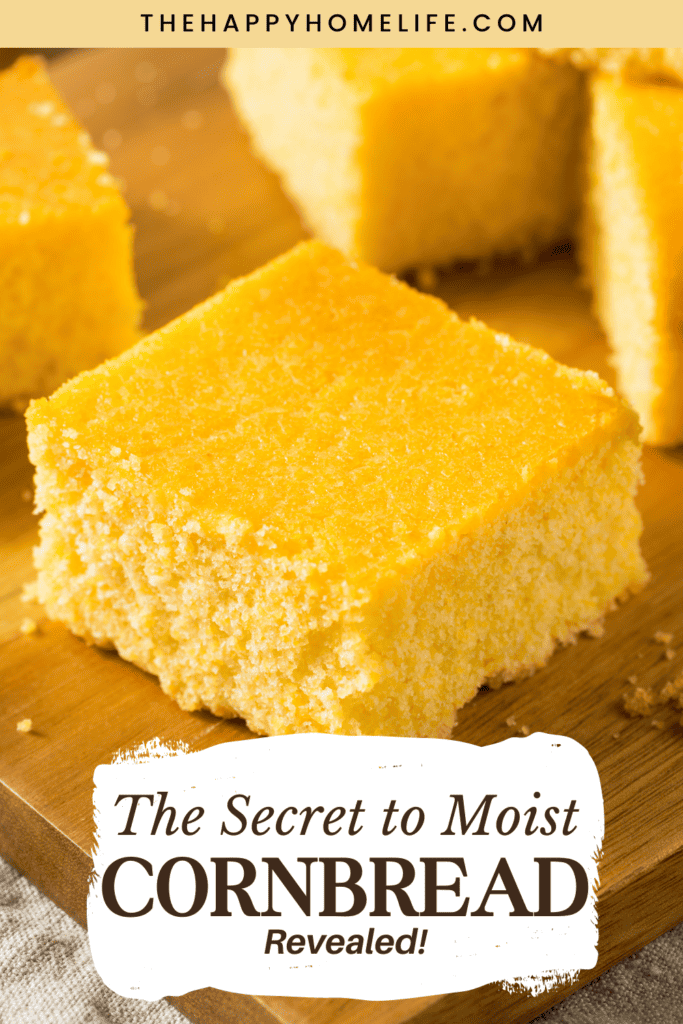
Let it Rest
After baking, the cornbread needs time to cool down and settle. During this resting period, the moisture within the bread redistributes, resulting in a more even and moist crumb. If you cut into the cornbread too soon, you risk losing that moisture and ending up with a dry and crumbly texture.
Proper resting techniques to enhance moistness
To maximize the moistness of your cornbread, follow these proper resting techniques:
- Cooling time: Allow the cornbread to cool completely in the baking pan before removing it. This can take anywhere from 15 to 30 minutes.
- Wrap it up: Once cooled, wrap the cornbread tightly in aluminum foil or plastic wrap. This will help trap the moisture and prevent it from escaping.
- Resting duration: Let the cornbread rest for at least an hour at room temperature. This will give the moisture enough time to redistribute throughout the bread.
By following these simple steps, you can ensure that your cornbread stays moist and flavorful.
Add Sweeteners or Moisturizers
One of the easiest ways to enhance moisture is by adding sweeteners or moisturizers to your cornbread recipe.
How sweeteners like honey or maple syrup can enhance moisture in cornbread
Sweeteners like honey or maple syrup not only add a touch of sweetness to your cornbread but also help retain moisture. These natural sweeteners attract and hold onto moisture, resulting in a tender and moist texture. You can achieve a more moist and flavorful cornbread by substituting some of the sugar in your recipe with honey or maple syrup.
Other moisturizing ingredients to consider adding
In addition to sweeteners, there are other moisturizing ingredients that you can add to your cornbread recipe. Consider incorporating ingredients such as buttermilk, sour cream, yogurt, or even melted butter. These ingredients add richness and moisture to the cornbread batter, resulting in a soft and moist final product.
Experiment with different variations and find what works best for your taste preferences. With these tips and tricks, you’ll be able to enjoy mouthwatering, moist cornbread every time you bake it. So go ahead, grab your apron, and get ready to impress your family and friends with your delicious homemade cornbread!

